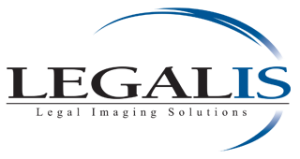Legalis Unleashes CIPHER Electronic Discovery Group
Electronic data discovery (EDD) is quickly becoming mainstream in civil discovery. Recent surveys confirm that more than 90 percent of all documents produced since 1999 were created in digital form. But some attorneys fail to do electronic discovery because of concerns that it’s costly and complicated. The irony: It is cheaper to conduct discovery electronically.
We can capture information from virtually any format, whether paper or electronic. Our optical scanning and coding technology is among the best in the industry.
We use best-of-breed optical scanning technology to convert physical documents – whether standard correspondence files, odd size paper documents, technical manuals, land records, charts, engineering drawings, or legal instruments–to digital documents that can be processed, searched, and reproduced.
Not All Documents Are Created Equal
What’s the most common problem in electronic data discovery? Critical information may be missing, because electronic versions of e-mail and files contain more information than appears when the document is printed. This is often caused by conflicts between applications. To manage a discovery production that includes electronic data we must re-engineer our understanding of what a document is and how we process the document for discovery.
One of the major conveniences of performing electronic discovery, versus standard document coding, is that it is an automated process, in which digital files are taken, have their metadata extracted, and built into a database. This process can be done at a much lower cost, not just because it takes less time to accomplish, but because most of the time it takes to accomplish is considered machine time, and not man hours.
Using this process, the number of fields you can capture are only limited to the amount of metadata each file can give you. Common fields used in electronic discovery include “to”, “from”, “cc”, “bcc”, “time/date message sent”, “time/date message received”, “subject”, “body”, “author”, “document date”, “date created”, “last modified date” and others.


